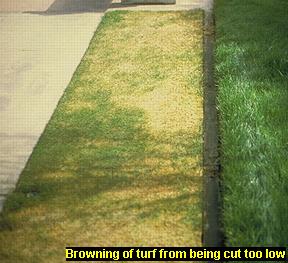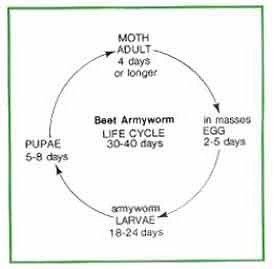Hi Guys, I’m Sarah Robbie’s older sister (who is always being confused as the younger one). Robbie was offered a Macadamia Job and has moved on the try his hand at Nutter things.

Working hard on this web site!
I am now back in the family business after a 2 year break after having my 3rd child.
Rob’s Blog is Now Sare’s!
So now Rob’s Blog is now Sare’s.
Hope that I can help as much as he did! I have been working on the farm now for nearly 15 years and definitely know my Blues from my greens.
As for the Turf farm Coastal Turf’s Blue Couch is looking excellent after the recent cold snap with no frost reaching the NSW border.
Special Rate on Blue Couch
And to celebrate the great Blue Couch and the wonderful growing conditions Dad has said we can offer the Builders Blue out at a special rate.
So call Mick or myself on 1300 787 545 to get some wonderful Blue into your lawn.
Thanks
Sarah





















 Welcome to Coastal Turf’s new website.
Welcome to Coastal Turf’s new website.